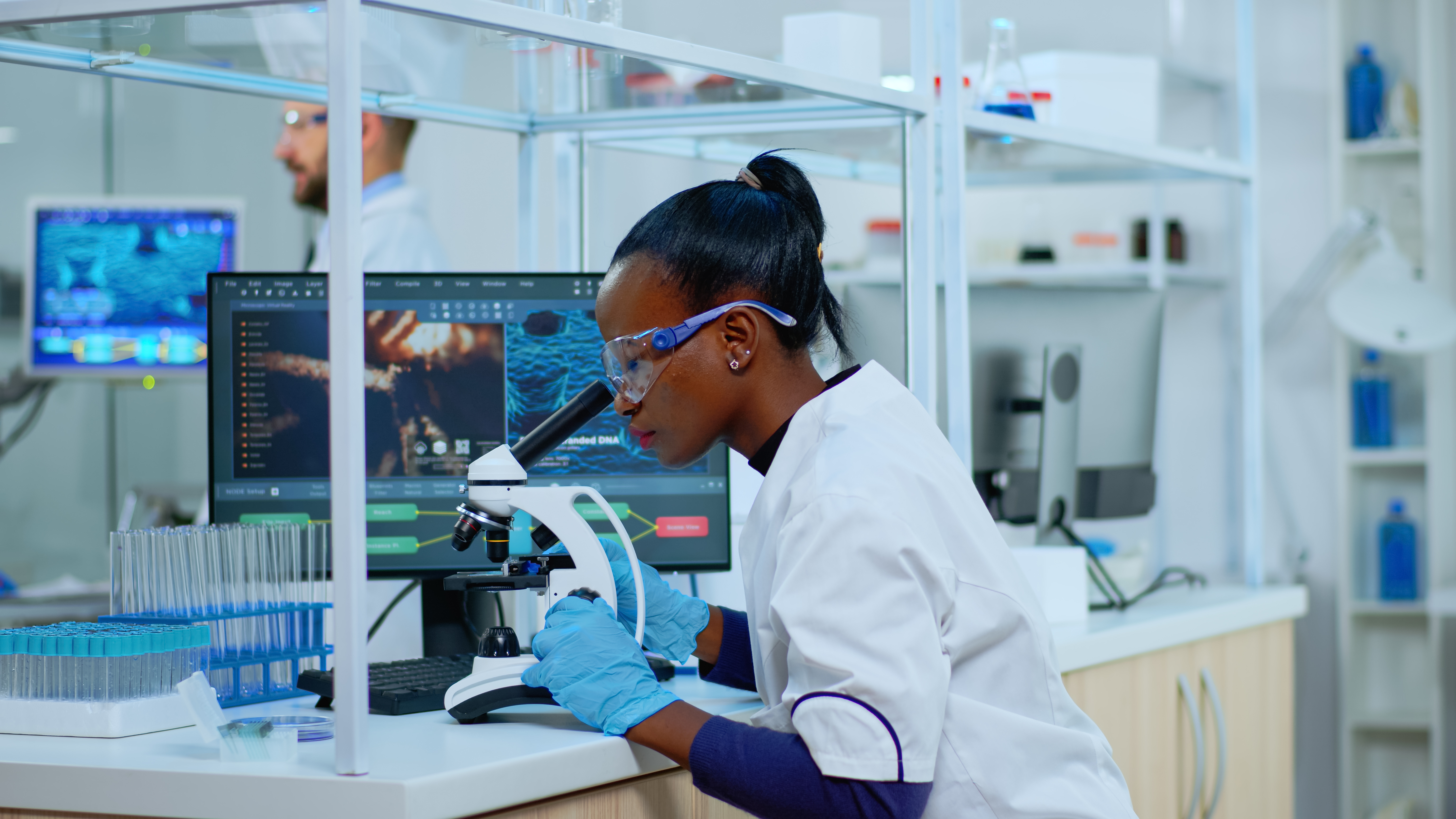Eye Swab Culture
200 Kshs | Home Collection Available
Synonyms
None
Purpose
The Eye Swab Culture is a laboratory test that involves collecting a sample from the surface of the eye to isolate and identify bacterial or fungal pathogens. It is commonly prescribed when a person shows signs of eye infections, such as redness, discharge, swelling, pain, or blurred vision.
This test helps determine the exact cause of the infection, enabling healthcare providers to:
- Prescribe targeted antibiotic or antifungal therapy
- Prevent the spread of infection
- Avoid vision-threatening complications
The test can be done alongside Gram stain, PCR testing, antibiotic sensitivity testing, tear film analysis, and conjunctival smear. Combining these tests provides a full diagnostic picture that can help with effective treatment.
Patient Preparation
Where possible, the patient must not be under any antimicrobial therapy before the test.
Samples
One eye swab collected in a sterile screw-cap container. The swab should be rubbed gently over the conjunctival membrane while avoiding the cornea and immediately returned into the container after collection. Maintained at room temperature.

Reference Range
Negative/Normal
Results Turnaround
2 days after receipt of samples.
Diseases / Diagnostic indicators
The Eye Swab Culture aids in diagnosing various ocular infections. Some possible outcomes of the test include;
Positive Culture:
- Indicates the presence of bacterial or fungal pathogens. Results specify the type of microorganism and guide the choice of antimicrobial therapy.
Negative Culture:
- Suggests no significant microbial growth. The symptoms may be due to viral infections, allergies, or non-infectious inflammation.
Mixed Flora:
May point to contamination or a polymicrobial infection, and might require further interpretation based on symptoms and clinical findings.
For more on Eye Swab Culture, read this study.




